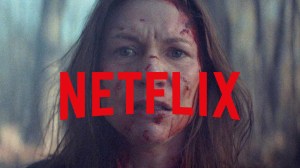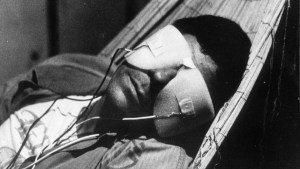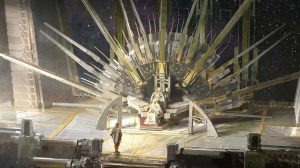Anime series haven’t held back when it comes to creating memorable, emotionally complex plots that stick with audiences long after the show comes to an end. Comparing anime from decades past to modern times, it’s impossible not to pick at least one title that had fans shaken after the first watch. While mature, dark themes used to mostly remain reserved for seinen anime, it’s becoming more and more common to find grittier storylines in shonen, josei, and even shojo series. Think of popular titles like Attack on Titan, Grave of the Fireflies, Puella Magi Madoka Magica, and Dororo for examples of dark anime that span a variety of genres.
Videos by ComicBook.com
The reason for tragic anime gaining an increase in fans likely stems from the themes explored by these series, and how they manage to reflect the often bleak nature of real life. In dark anime tales, the hero doesn’t always prevail, the horrors aren’t always stopped or solved, and tragedy isn’t used to spur a power-up that solves every issue. Often, these genre-subverting titles leave viewers with an empty feeling when the credits roll, provoking a deeper look at what exactly the story is trying to convey and how it mirrors the everyday struggles found throughout history. In this list, we’ll be taking a look at eight anime series known for inducing trauma on their audiences by various means, and why they’re still absolutely worth a watch anyway.
8) Banana Fish

Banana Fish is a modern adaptation of an eighties manga series that was finally brought to the screen in 2018. The show is notable for combining aspects of queer romance with the action, drama, and mystery genres, along with portraying a believable rendition of gang life in decades past. While Banana Fish has moments of lighthearted comedy and character bonding, that doesn’t distract from how tragic the outcome for its main character, Ash Lynx, turns out. This series also has a solid handle on handling devastating themes such as sexual assault, gang violence, the effects of trauma, and death.
The story of Banana Fish is centered around Ash Lynx, a teenage gang leader living in New York City, known for his brilliant mind and exceptionally good looks. Ash’s control over his turf, along with the practiced violence he enacts on those who cross him, hide a traumatic past involving childhood sexual abuse. When Ash’s brother, a war veteran, tells him about “Banana Fish” on his deathbed, it leads Ash to search for answers regarding the mysterious, dangerous drug circulating the streets. Along the way, Ash befriends photographer Eiji Okumura, who assists Ash in unraveling the conspiracy surrounding them. Banana Fish hammers home the fact that trying to escape your past doesn’t always work, and cannot always culminate in a happy ending.
7) Elfen Lied

Elfen Lied is an anime series that debuted back in the early 2000s with a single season. The show is classified as a dark fantasy, though there are aspects of the science fiction genre in its plot. It explores the complicated definition of humanity, along with the meaning of human kindness; the actions of so many characters in the show only strengthen the push-and-pull between mercy and violence. Elfen Lied also doesn’t shy away from brutality, depicting its main character suffering from abuse, experimentation, captivity, bullying, and more.
The story of Elfen Lied takes place in a world where humanity is potentially being edged out as the dominant species by humanoid beings called Diclonius. Lucy is one of these beings, forced to suffer her entire life from the scorn, hatred, and fear of other humans until she begins to push back against them. Her own rage manifests by way of increasingly atrocious crimes that only stop when she’s captured and held in a research facility that Lucy manages to escape from. Despite her escape, Lucy reverts to a childlike alter personality, Nyu, to protect her own mind from what she’s endured. Elfen Lied perpetuates the idea of a tragic protagonist who becomes a villain feared by others for reasons she cannot control, ending in a devastating conclusion that audiences still talk about.
6) Perfect Blue

Perfect Blue is an anime movie that was released in theaters back in 1997, with a recent revival due to its remastering, prompting a second theatrical release in 2025. The film is an intricate dissection of the idol industry and its dangers, namely obsessive fans and predatory individuals circulating — a topic that feels more relevant than ever. Taking the image of a wholesome girl group member and slowly corrupting her mental stability, Perfect Blue delves into the reality of fame, beauty, and the fleeting nature of popularity. It doesn’t shy away from discussing themes such as mental health, sexual assault, murder, and betrayal.
The plot of Perfect Blue follows Mima Kirigoe, a J-Pop idol from a popular girl group, who decides to explore other career paths by devoting her time to becoming an actress. Shortly after her decision, Mima finds an online site called “Mima’s Room”, posting detailed information about her daily life and internal thoughts. Her worry over the site, combined with stress from her new workload and the threat of a die-hard fan stalking her, culminates in Mima beginning to lose touch with reality. Unable to tell what’s real and what’s fake, Mima starts to hallucinate alternate versions of herself that pose a dangerous threat to her own livelihood and chance at starting over. The dark nature of Perfect Blue leaves fans chilled, witnessing how quickly the mind can shatter under the right circumstances.
5) Devilman Crybaby

Devilman Crybaby easily takes top spot for one of the most memorable endings in an anime series from the past decade. The show is loosely based on the 1972 show, Devilman, which depicted an underlying anti-war message that its successor would expand on; namely, Devilman Crybaby dives deep into the way humanity often drives violence through their own greed, selfishness, and hatred towards what can’t be easily understood. Its main tragedy lies in the fate of Akira, who fights for the protection and continuation of humanity, only to lose it all by the end of the show. Exploring themes of prejudice, cyclical violence, good versus evil, and societal breakdown, it never pulls a punch right through its ending.
In Devilman Crybaby, our protagonist is Akira Fudo, a high-schooler who fuses with a demon, which grants him the ability to turn into a Devilman, a demonic entity with incredible power. As demons begin to slowly flood the world and wreak havoc, Akira uses his newfound powers to fight back and protect Earth from the invading forces. His efforts turn out to be for naught when his best friend, Ryo, reveals himself to be Satan in the flesh; Ryo originally planned to destroy the planet out of disdain for humans, but now he intends to keep Akira with him for all of eternity out of a possessive love. In the final battle, Akira’s loss against Ryo means the loss of hope for every person on the plane. Despite this, it has to be the final shot of Ryo, fully realized as Satan, understanding he’s killed the only person he’s ever loved, that makes the story so chilling to witness.
4) Made in Abyss
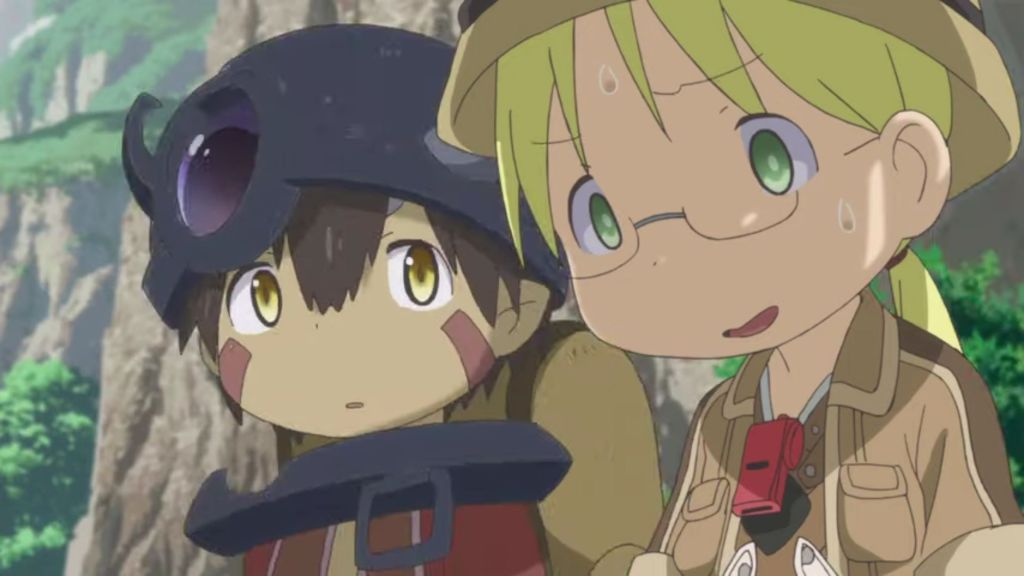
Made in Abyss is a recent addition to the traumatic anime genre, first airing back in 2017 with a single season. Boasting a cutesy art style that betrays the darkness of the show as a whole, Made in Abyss uses the deceptive nature of its appearance to blindside audiences regarding its material. The content of this show is not for the faint of heart, with extreme examples of gore, violence, and despair plaguing young children unable to escape their end. Themes such as innocence versus reality, sacrifice, corruption, and the limits of hope are played out against a breathtaking backdrop that serves to enhance the horror of the tale being told.
The plot of Made in Abyss starts with Riko, an orphaned girl whose mother disappeared years ago into the Abyss, a complex, chasm-like ecosystem that appeared on the surface of the Earth. Riko’s wish is to become a Cave Raider, someone whose soul purpose is to explore the Abyss, finding artifacts and the remains of dead societies within its labyrinthine interior; additionally, Riko wants to find out the truth of what happened to her mother all that time ago. Accompanied by a robot boy named Reg, the two descend into the Abyss, enacting the curse that afflicts the mind and body of Raider’s the further down they go. The hopelessness of their mission, combined with the loss of innocence seen with every disturbing horror, sells the bleak, hopeless feeling this anime conveys.
3) Neon Genesis Evangelion
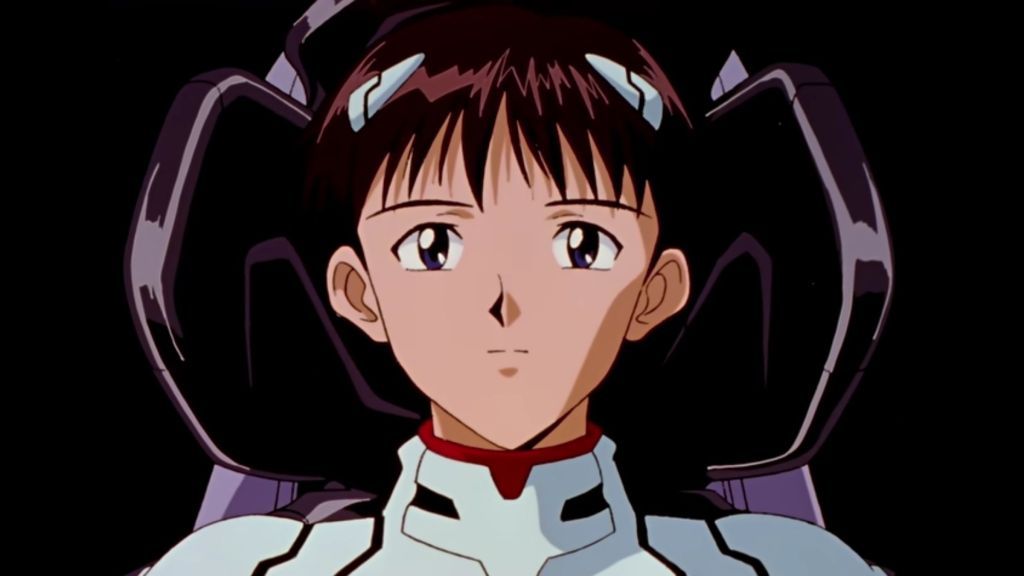
Neon Genesis Evangelion is one of the most recognized science fiction anime, not just of its time, but in the history of anime. Praised for breathtaking art and visuals, along with a unique conception of the mecha genre, the series is known for delivering in terms of concept and character-building. What’s more, Neon Genesis Evangelion is discussed to this day because of the show’s navigation of long-lasting trauma and how it affects the actions and decisions of the young main cast of characters. Instead of the escapism that many sci-fi series of the decade exemplified, this show used the genre to convey depression, isolation, trauma, and societal issues in a realistic, desolate fashion.
The story of Neon Genesis Evangelion is set in a post-apocalyptic 2015 after a global devastation known as the “Second Impact” occurs, leaving humanity to rebuild in structured cities. New Tokyo-3 is one of these cities attempting to repopulate and restructure Earth, though they’re held back by the increasing attacks of alien beings, named Angels. To defend against the Angels, humanity has designed Evangelions, massive, robotic suits designed to fight back against the alien threat; Shinji Ikari is one of the children chosen to pilot an Evangelion, putting them in the direct line of danger. The sadness that permeates the show’s narrative is inescapable, with the pilots facing increasing levels of mental trauma after their time in the suits, deciding their varying ends.
2) Monster
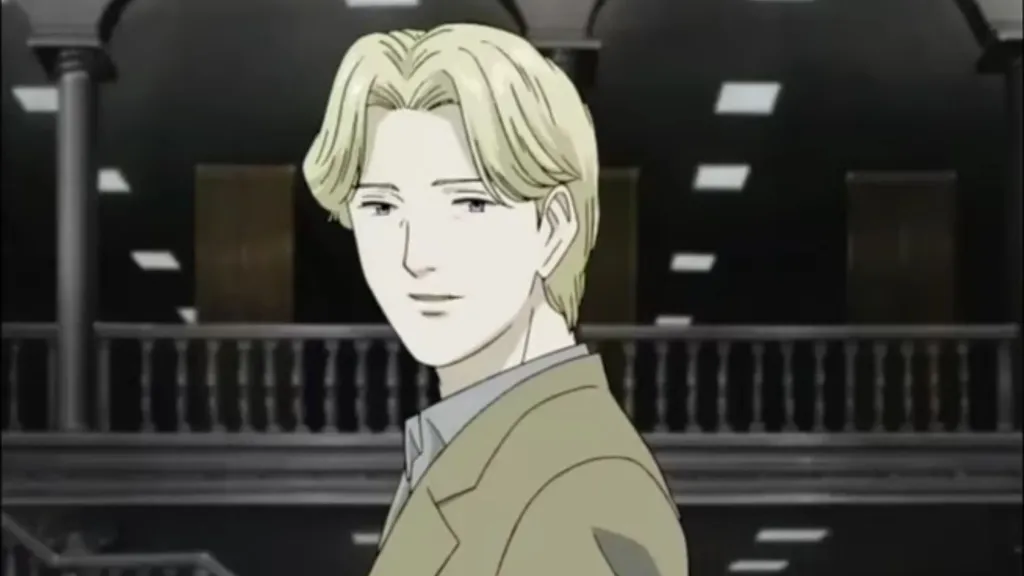
Monster could easily be named as one of the most influential crime thriller anime series of all time, taking its place beside titles like Death Note and Psycho-Pass. Unlike these titles, Monster doesn’t rely on the supernatural or futuristic to get its point across, focusing entirely on events that could happen in real life. It has one of the most realistic, eerie representations of a serial killer in anime, hence the name of the series; while Monster ends with the death of Johan, the triumph of good over evil doesn’t detract from the heaviness of what his actions did to the world he touched during his lifetime.
In Monster, we start in the past, with hotshot surgeon, Kenzo Tenma, facing an impossible choice between saving the life of the city’s mayor or the life of a young boy. Kenzo chooses the boy, Johan Liebert, an act that tarnishes his reputation and career in the years to come. Fast forward nine years, and a disillusioned Kenzo learns of a series of disturbing murders taking place that tie back to Johan, who has become a manipulative serial killer in his adulthood. With his choice to save Johan directly resulting in the loss of more lives, Kenzo takes on the responsibility of chasing him down and putting an end to his killing sprees before he himself can be blamed for the murders. The constant theme of what makes a monster, and does everyone have the potential to become one, is truly what makes this series so memorable, as well as so dark to take in.
1) Berserk

Berserk is an anime that has been traumatizing audiences since the original manga was written and released back in 1989 (a manga that is still ongoing). While the Berserk anime adaptations do get a lot of criticism for how faithfully they manage to portray the brutality, violence, terror, and darkness of the plot, it can’t be said that they don’t do their best to get the weight of every moment across to fans watching. In particular, the 1997 version of Berserk stands out as particularly good, leaning into the horror that Griffith’s betrayal evokes when watching for the first time. Berserk doesn’t just lean into dark themes, but actively leaps into navigating the effects of war, cycles of revenge, hatred, betrayal, sexual assault, torture, and murder.
One of the most intriguing aspects of Berserk is that, arguably, the only character to achieve a happy ending is the series’ villain, with the protagonists suffering every known loss and breach of trust available. The thought of Guts wandering in search of vengeance like a specter, tormented by what he’s endured from childhood; with Griffith’s act of sacrificing the Band of the Hawk and violating Casca, the final straw to break him. Knowing that Guts gets no true peace or vindication for what he’s endured, exemplifies a master class in writing and showing a dark plot with something to say about the suffering it shows.
Have you seen any of these dark series? Tell us which anime shows disturbed you on the first watch, in the comments below.





